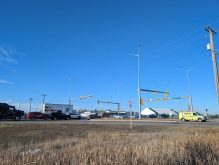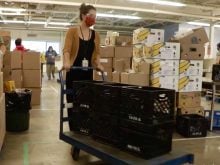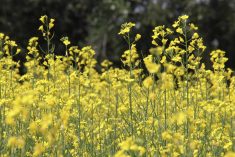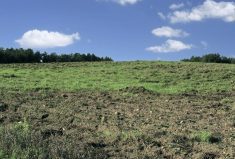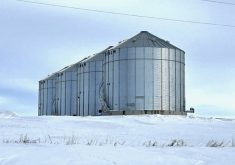Average Manitoba farmland prices were up 11.2 per cent in 2022 — slightly below the Canadian average increase of 12.8 per cent.
The data was released in a Farm Credit Canada report March 13 and represents the largest increase the province has seen since 2015, when prices rose 12.4 per cent. This year’s increase follows jumps of 9.9 per cent in 2021 and 3.6 per cent in 2020.
Why it matters: Manitoba’s increase in farmland values was below the national average, but compared to what was seen in the last few years, that’s not saying much.
Read Also
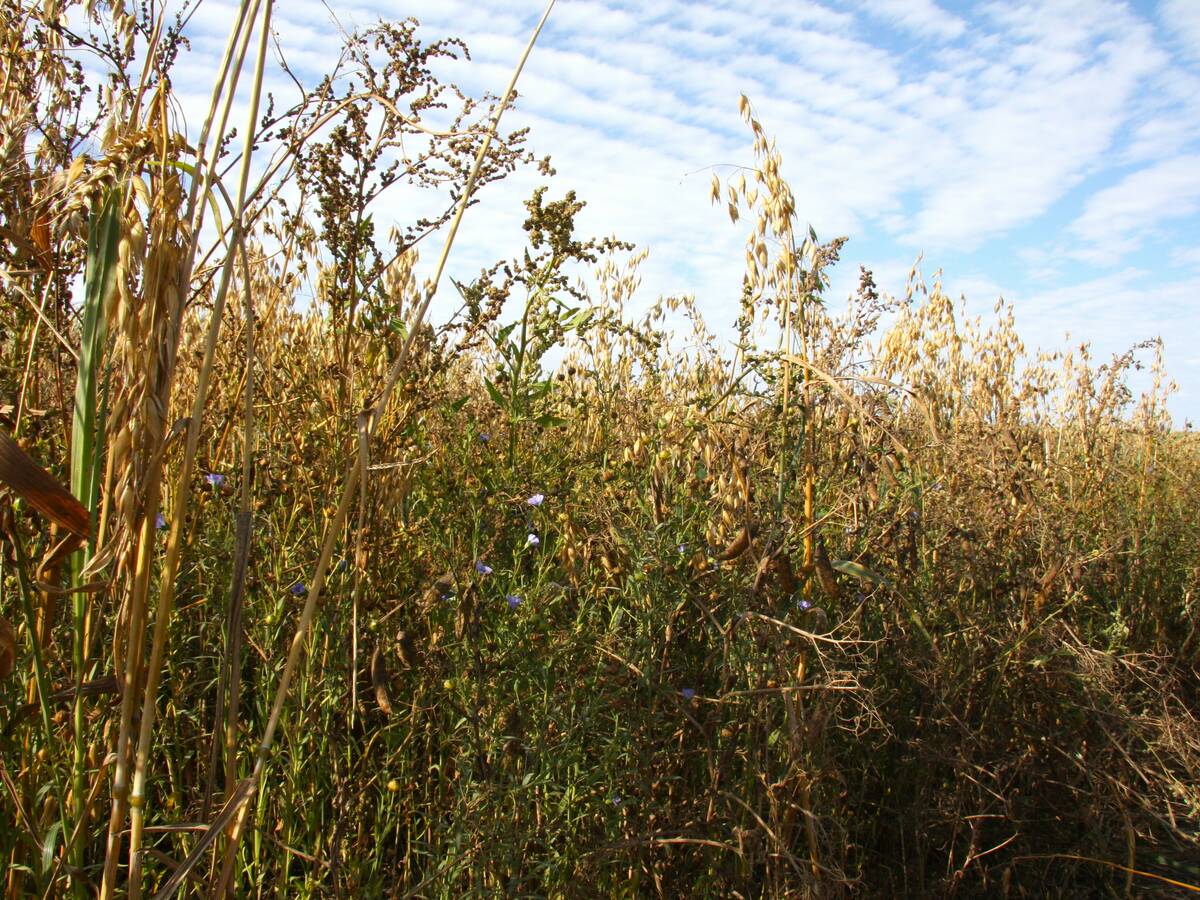
PepsiCo nearly doubles regenerative scope
Another 240,000 farm acres managed through regenerative agriculture will be supported by PepsiCo across Manitoba and Saskatchewan by the end of 2025.
The highest increase in farmland values was in the Central Plains-Pembina Valley region at 16.1 per cent. The Eastman region’s values increased by 11.2 per cent, consistent with the provincial average. The Interlake (9.3 per cent), Westman (9.2 per cent) and Parkland (7.5 per cent) regions all fell below the average.
The report noted that stable-to-increasing demand for land, along with limited supply, was largely responsible for the rising numbers in the province. The demand was mainly from farmers looking to expand, including supply managed farm operations and cash crop producers.
“There are many factors that impact the value of land, such as commodity prices, interest rates, access to markets and other investment opportunities,” said Keystone Agricultural Producers president Jill Verwey in a written statement. “The value of land and any accompanying changes must be viewed with this in mind.”
But Verwey noted that land values are also a signal of the investment climate for agriculture in Manitoba.
“Manitoba producers want to see an environment where investment is attracted to rural Manitoba, for both primary agriculture and value-added processing,” she said. “This requires investments in rural infrastructure, like roads and internet, as well as community resources, like child care and health care facilities.”
Verwey said she was pleased to see these types of investments included in the 2023 provincial budget, released March 8.
“This is sending signals that are positive for producers and the investment climate for agriculture in Manitoba,” she said.
Nationally, the 12.8 per cent increase was the largest seen since 2014, and it follows gains of 8.3 per cent in 2021 and 5.4 per cent in 2020. J.P. Gervais, FCC’s chief economist, said the numbers were a bit of a surprise.
“At this exact same time a year ago, I said that I expected the rate of increase to be smaller than the 2021 rate of increase,” he said. “That was my expectation. Up until very recently, I did not think that we were going to get 12.8 per cent.”
Gervais said he had thought challenging economic conditions would likely slow the demand for farmland, but the picture became clearer in recent months.
“It’s all about supply and demand,” he said. “On the demand side, we might find it a little surprising that demand remains as strong as it has, given high interest rates and high input costs. But the flip side of that is that we’ve had strong receipts as well.”
Gervais pointed out that receipts for grains, oilseeds and pulses increased 18.3 per cent in 2022. “And on the supply side, all the data that we collected weighed out to a very tight supply of farmland available for sale.”
The highest average provincial increases in farmland values were observed in Ontario, Prince Edward Island and New Brunswick (19.4, 18.7 and 17.1 per cent, respectively). Saskatchewan followed with 14.2 per cent.
Five provinces had average increases below the national average: 11.6 per cent in Nova Scotia, 11.2 per cent in Manitoba, 11 per cent in Quebec, 10 per cent in Alberta and eight per cent in British Columbia. There was insufficient data to analyze other regions of the country.
Gervais said there are a few things to note about the data in the report.
Because the report is based on the calendar year, the effect of the drought on the Prairies in 2021 is still dragging land prices and may explain the difference in increases when compared to Ontario, which didn’t suffer through the drought. But Gervais warned not to draw too much from those geographic differences.
“It’s getting harder to generalize about what’s going on in the marketplace, even within a province,” he said.
The second thing to note is that interest rate increases haven’t yet worked their way through the system, since people may have locked in their rates when interest was lower.
Land values relative to farm income are also as high as they’ve ever been, Gervais noted.
“In most, if not all, provinces, we’re getting very near the top of the market ever in terms of the value of land relative to farm income.”
Gervais acknowledged that higher farmland values pose a challenge for young producers, new entrants and operations looking to expand. It means a strong risk management plan is critical, especially if people are looking to buy land.
“You need to have an elaborate strategic plan for your operation over the next five years and a strong risk management plan that goes with it,” he said.
“Land is more expensive now, relative to income, than it’s ever been. The ability to service debt and overall equity in the operation are critical factors of success going forward.
“The good news is that farmland value increases reflect a positive outlook for the demand for agriculture commodities and the quality food we produce in Canada.”




